(Note: this will be another very visual post – but only after the main text, so scroll down below if you only want to see the images.)
On this Day, 42 years ago, on 5 November 1978, nuclear power was stopped by the people here in Austria. At Zwentendorf on the Danube, a nuclear power plant (NPP) had been under construction since 1972, but by 1978 the public mood had changed, partially influenced by the strong anti-NPP movement and demonstrations in Germany. So a referendum was called by the then government, which was keen on introducing nuclear power in Austria. However, the result of the referendum was a “no” (only narrowly, by about half a percentage point). At Zwentendorf, the first fuel rods had already been delivered and would have been ready for insertion so that operations could at last have commenced. Now the fuel rods were sent back to Germany (the plant is also a German design) and the brand-new NPP has stood unused ever since.
… well, not quite totally unused, because the site has served as a training centre for NPP staff, especially from Germany, where plants of the same design are/were in operation. For this purpose Zwentendorf offered a unique opportunity. Because there had never been any radiation it’s possible to get into parts of the plant that would normally only have been accessible in serious protective suits. Here, at “the world’s safest NPP” (as the current owners like to emphasize), none of that is necessary, and so staff could learn, without any risk, the necessary procedures which in an actual NPP in an emergency situation would have to be handled by rotating teams and under extreme time pressure to reduce exposure.
In addition, the Zwentendorf plant has also served as a source of spare parts for those NPPs in Germany of the same design. It’s also been used as a film set on several occasions. And nowadays the compound is being expanded as a solar power park. A “Green” dream come true, as it were.
Moreover, for the past 11 years, tours for the general public have been offered seasonally (typically April to October). Yet places are limited and usually fill up as soon as the new dates are published, so it is extremely hard to get on one of those free tours. The only other option is to arrange a private tour, but these cost hundreds of euros, so are only really an option if you can get a group of at least a dozen people together who are keen enough on this sort of thing and willing to pay for it.
I was lucky seven years ago, when it was the 35th anniversary of the referendum. To mark that occasion, Zwentendorf organized an “open day” during which several tours were conducted over the course of the day so that a few hundred people could be accommodated, which upped the chances of getting a place significantly. And so I found myself touring this plant and it was magnificent! All politics aside, I’ve always had a strange fascination with NPPs (and all things nuclear really) so this was a unique opportunity to get up close and personal with the various parts of such a structure – and to take photos. One of the best photo ops I’ve ever had.
The tour took in everything from the security entrance, the workers’ changing rooms, the control room, the reactor hall and fuel-rod-insertion mechanism, training models of fuel-rod assemblies, various levels around the inner containment vessel with open hatches for views inside, even entering it at the condenser section, plus entering through submarine-like safety locks the section with the control-rod-insertion mechanism directly underneath the reactor core. It was all pretty wow, and the guides were good-humoured and informative.
Another extra on that special open day was that an “NPP flea market” was held separately from the tours in the plant’s garage. Here you could pick up spare parts, various meters, old screens, telephones (with analogue dial plates, which would have millennials flummoxed), NPP workers’ overshoes as well as posters labelling the different cleanliness levels within the plant. I got myself a few items, including one of those posters declaring “Sauberkeitsstufe 1”, the highest cleanliness level (as is in force in the reactor hall), which I then put up in my bathroom at home 😉 Payment was in the form of a donation to a child cancer relief charity (fitting cause, esp. for an NPP).
I have very fond memories of the tour and often look at my photos from that day (the associated chapter on my main website also has one of the most substantial photo galleries). So for the rest of this post I give you a gallery of 21 of the best examples. Enjoy! (If you’re into such things as much as I am, that is, others may find it utterly boring, I suppose …)
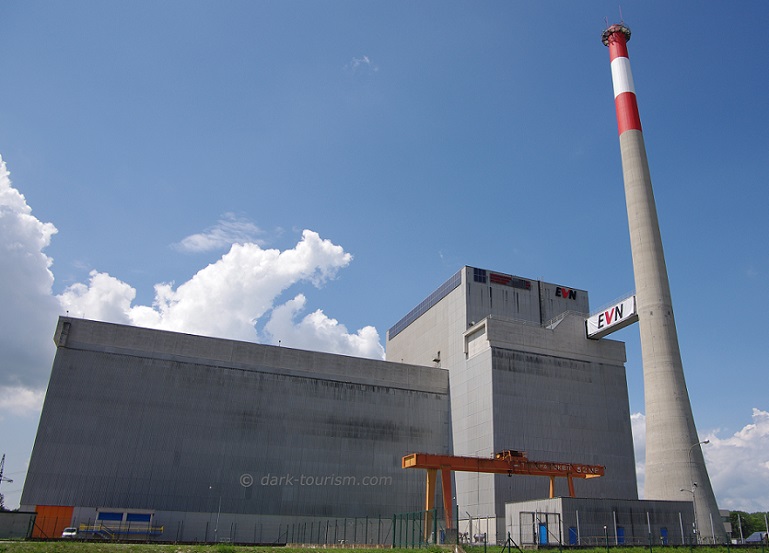
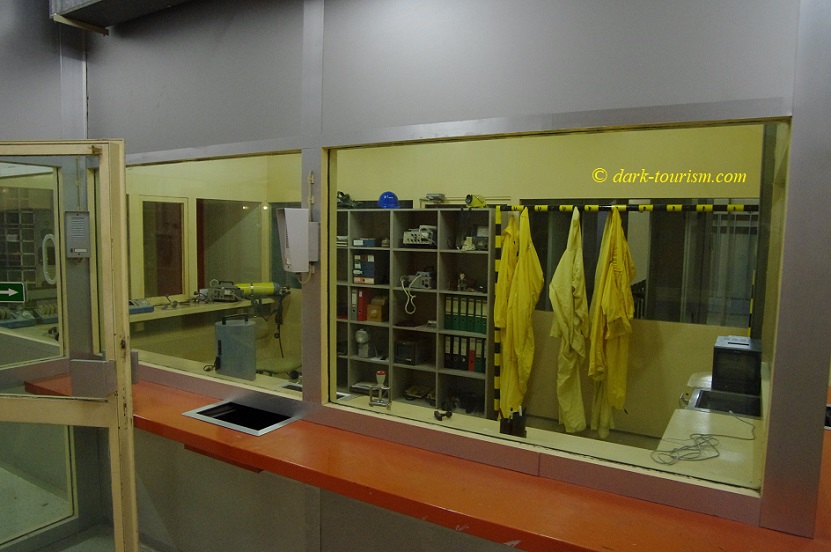
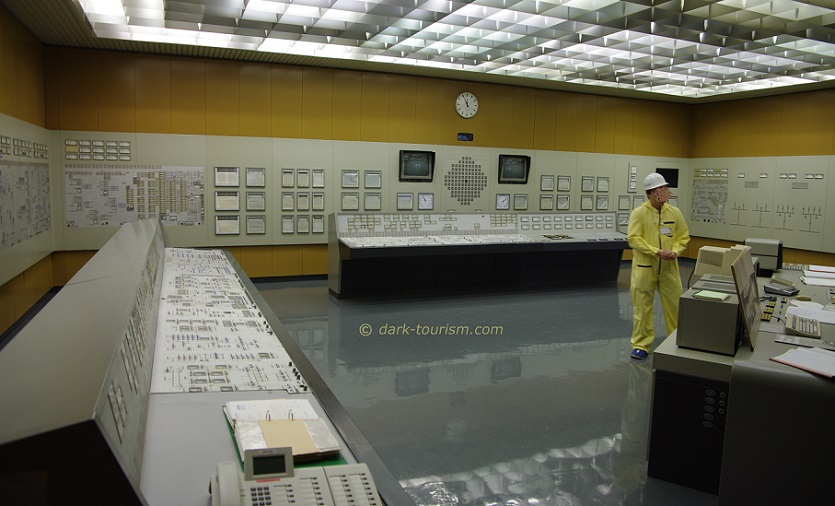
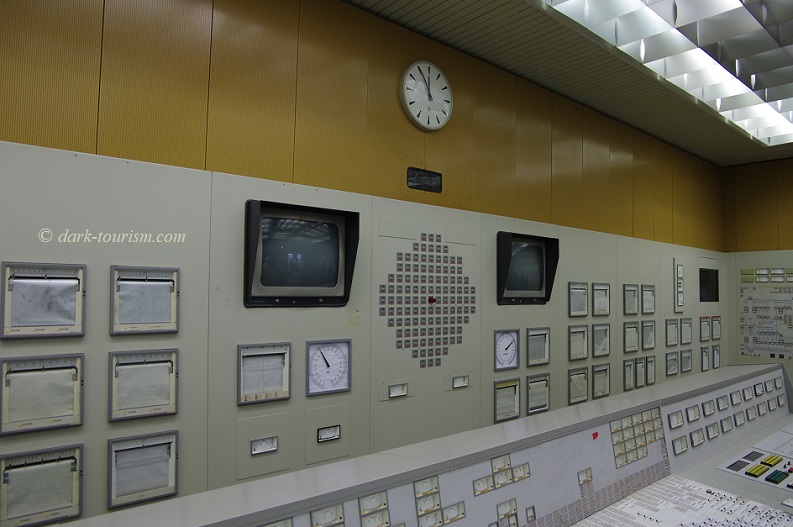
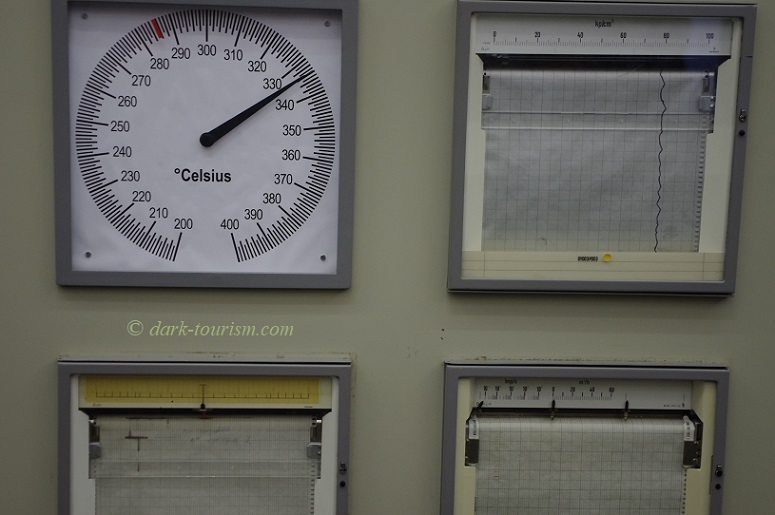
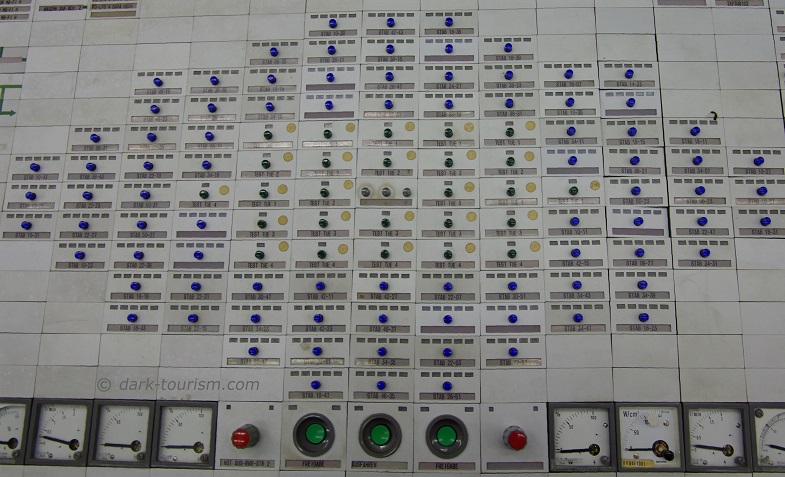
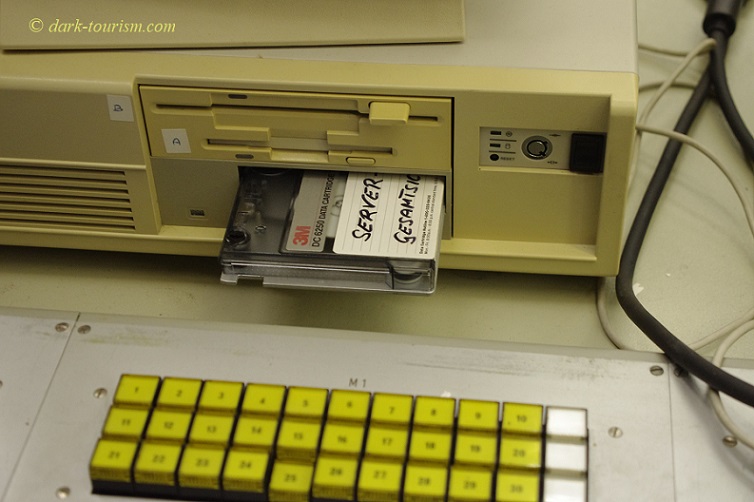

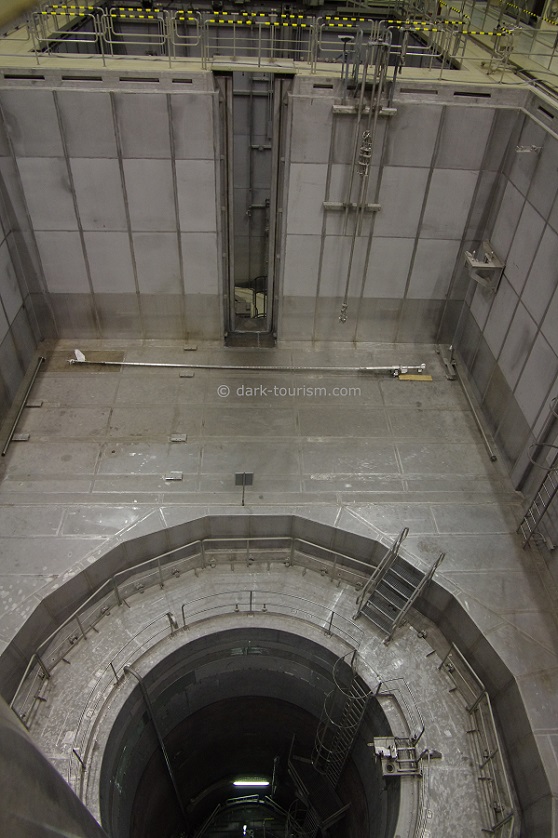
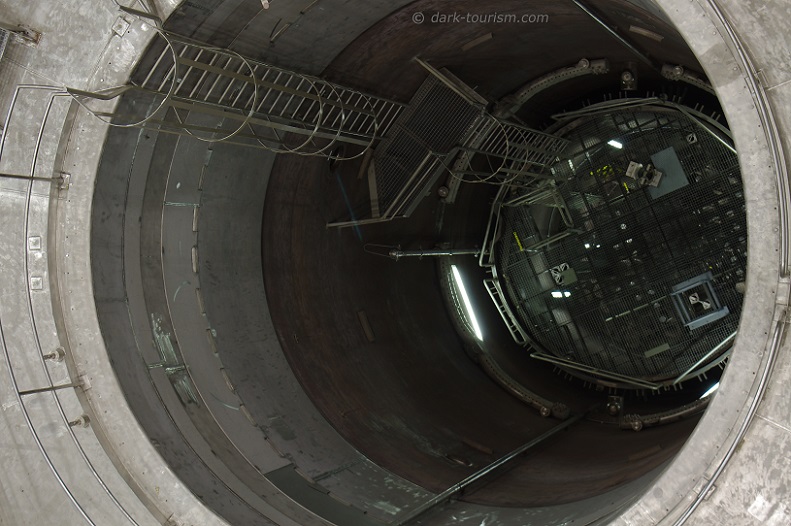
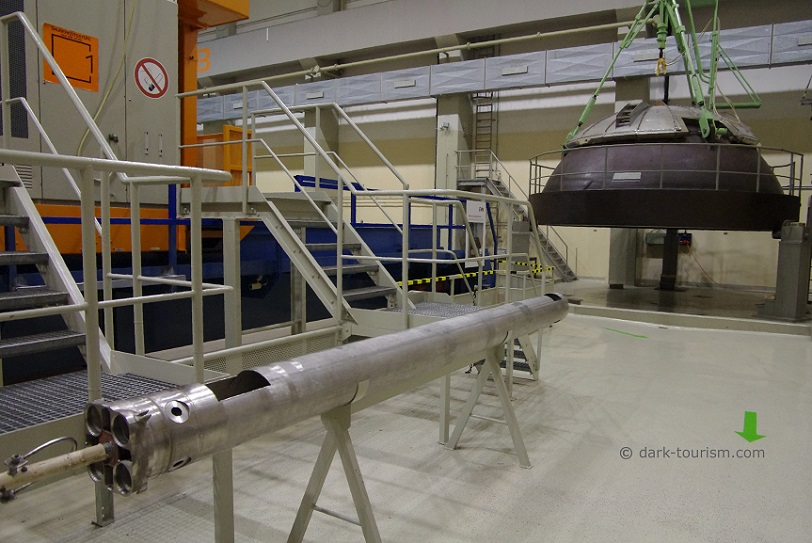
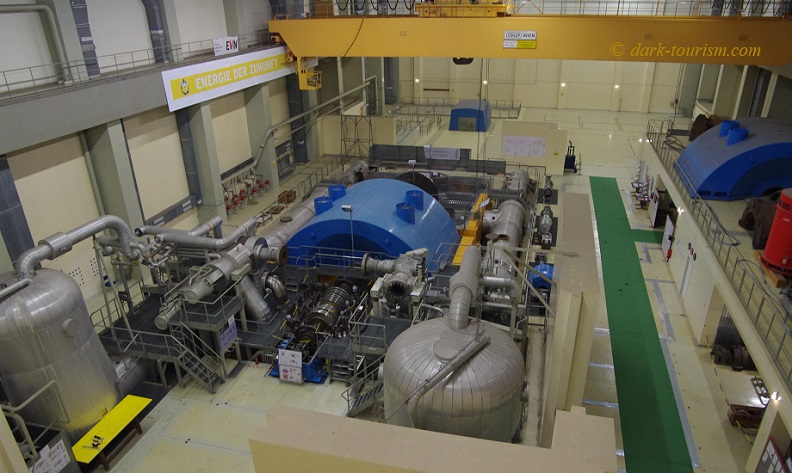
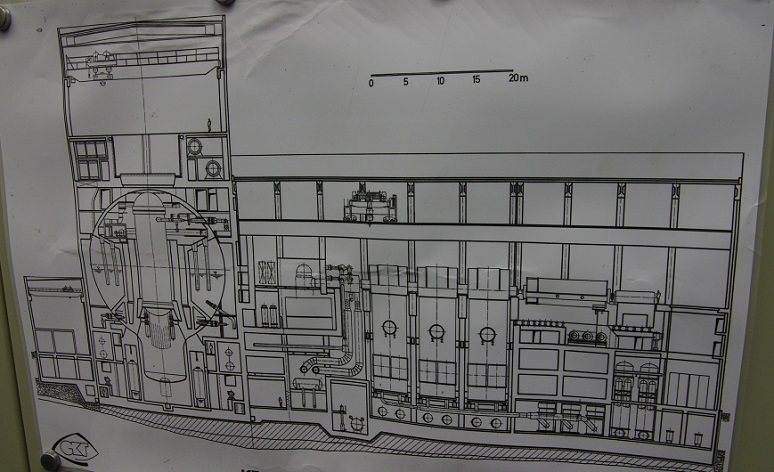
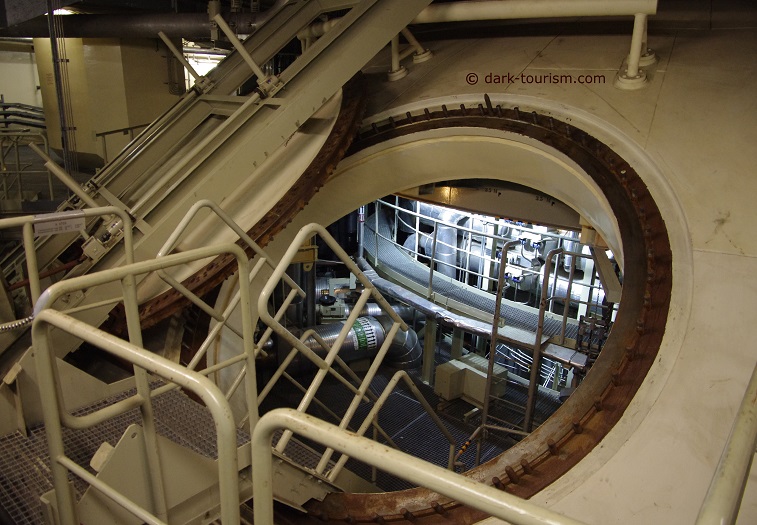
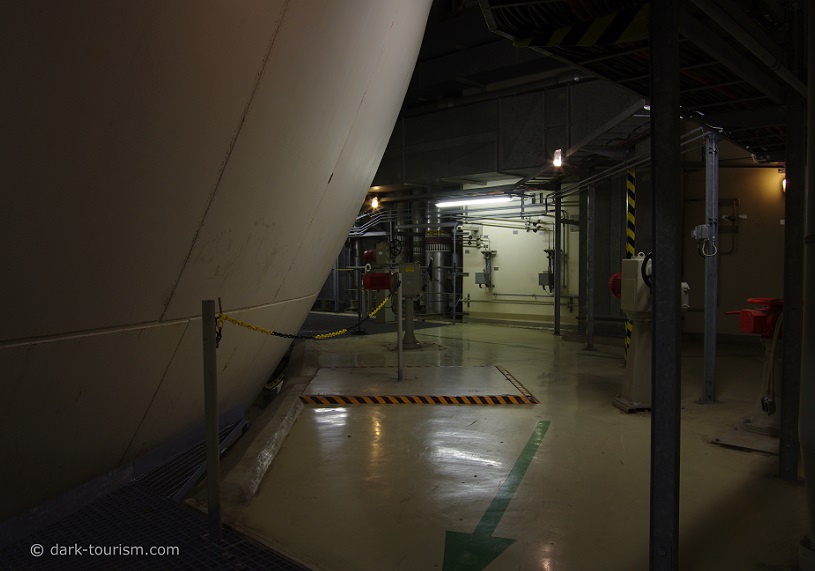
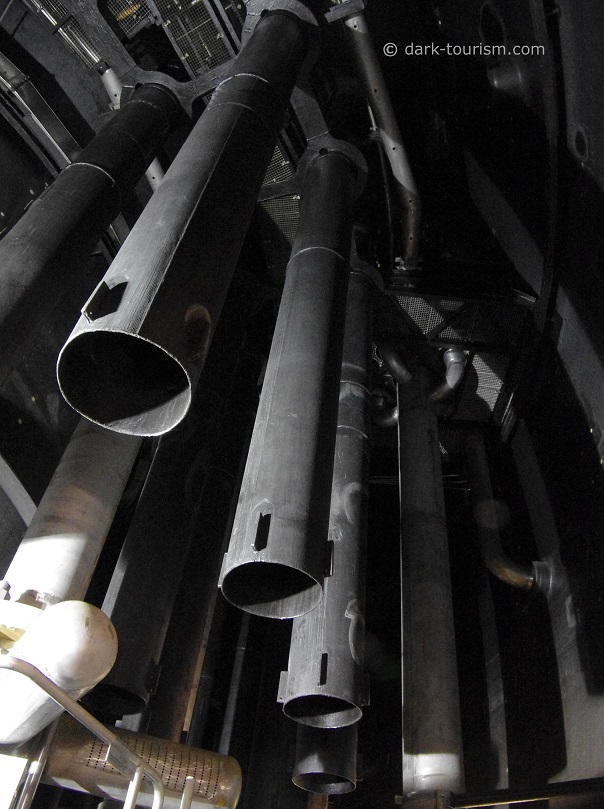
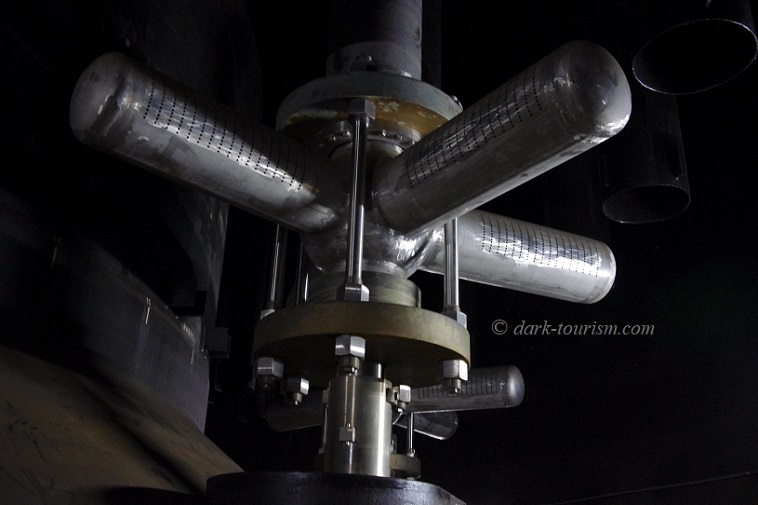
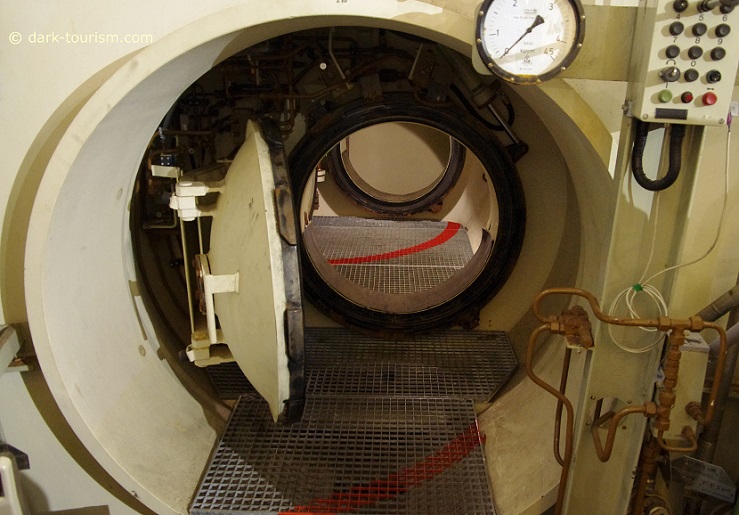
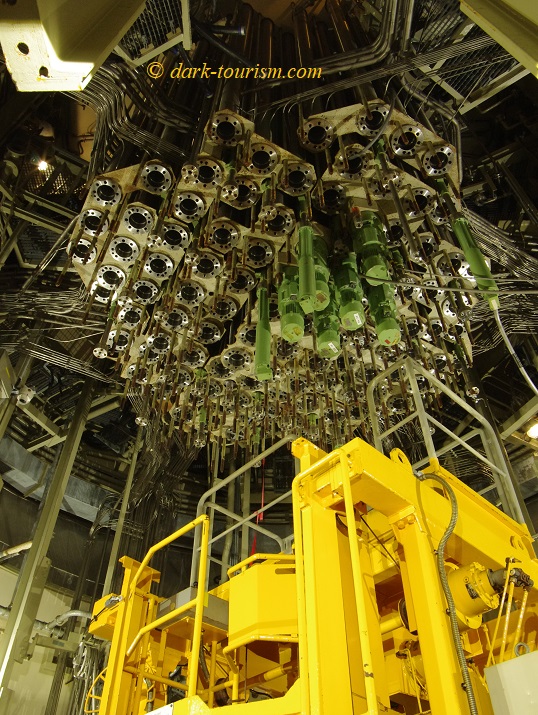
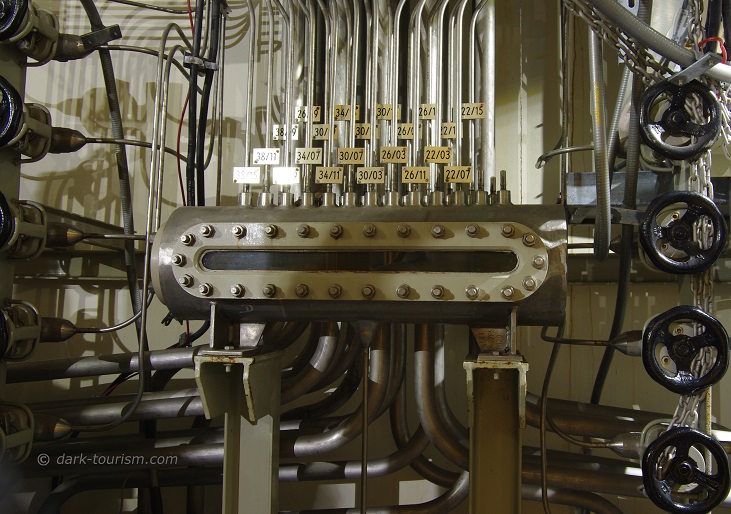
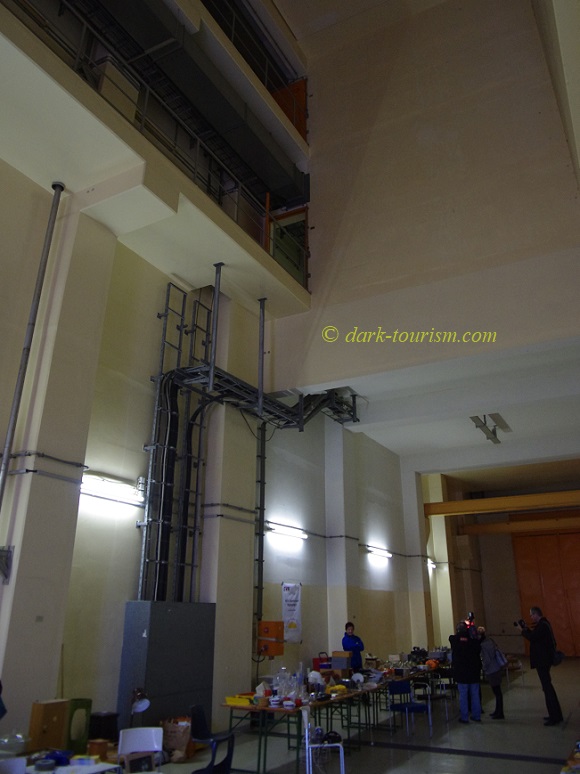

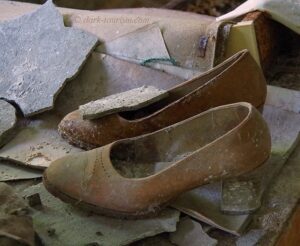


2 responses
You could also cycle there (e.g. from Tulln) – as the plant lies directly on the cycle path that runs along the southern Danube bank. Obviously a car would provide the easiest access: from Tulln follow the L112 road west, which roughly follows the course of the Danube upstream and passes through Zwentendorf village. Shortly after leaving the village on the L112 in the direction of Traismauer, a side street is signposted “AKW Zwentendorf” and will lead you along the access road straight to the plant gate and the car park. The address is: Sonnenweg 1, 3435 Zwentendorf.
I recognize these words – they are a direct verbatim quote from my main website (https://www.dark-tourism.com/index.php/austria5/15-countries/individual-chapters/279-zwentendorf-nuclear-power-plant-austria#ac). It would have been nice if you had acknowledged that fact instead of passing this “comment” off as your words!